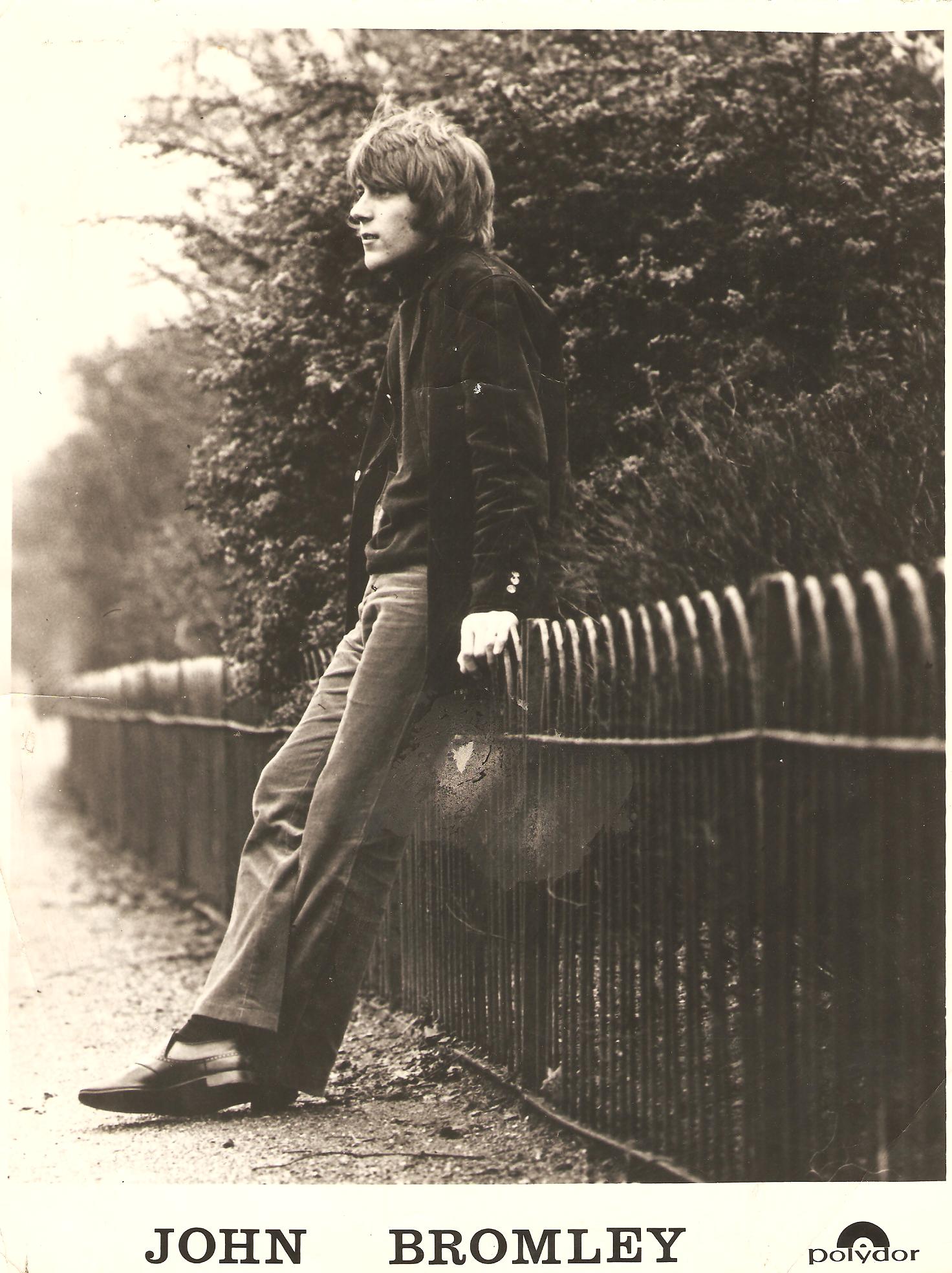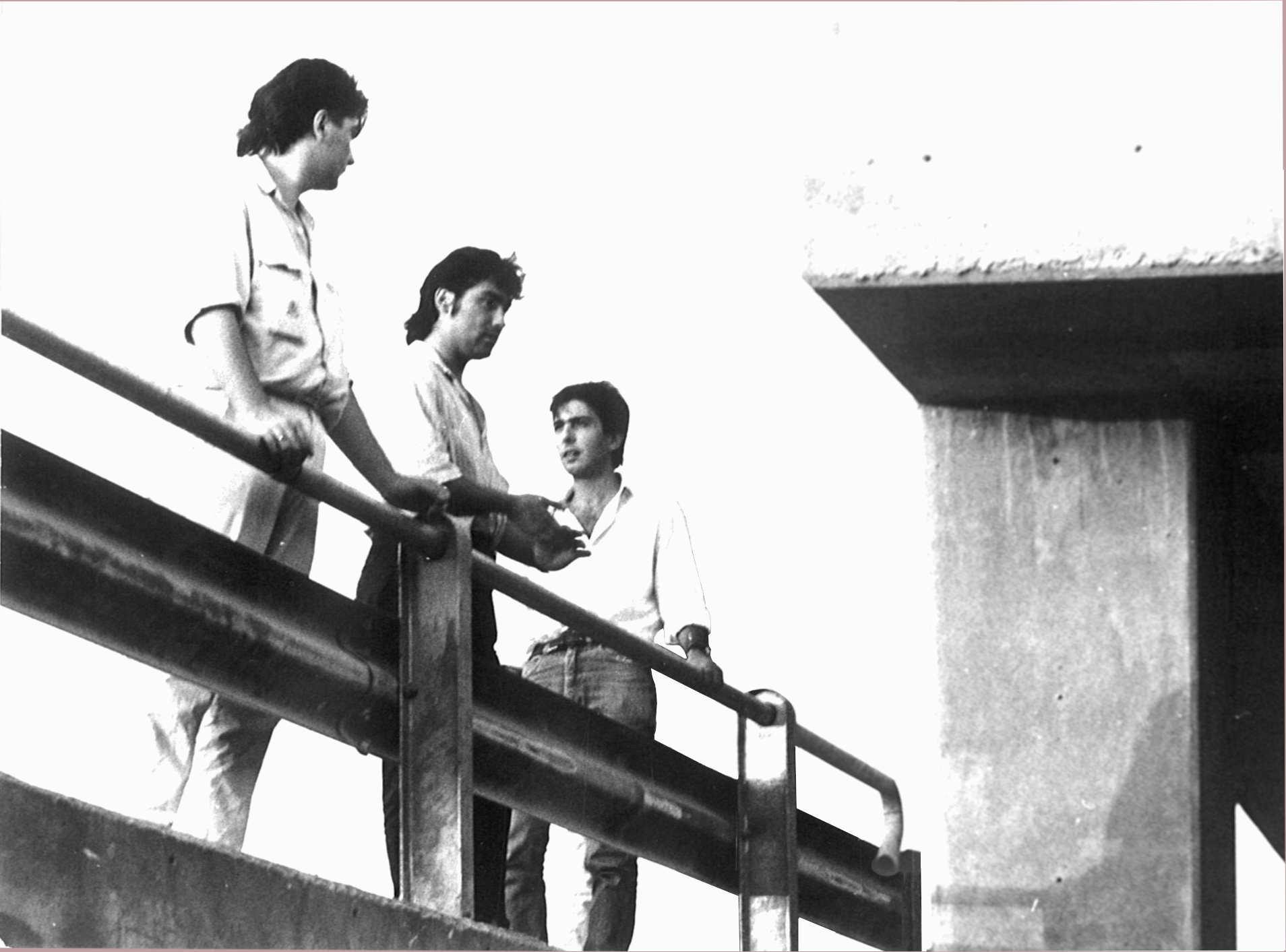John Bromley | Interview | One of the Pinnacles of British Popsike
John Bromley’s 1969 album ‘Sing’ stands as a significant yet often overlooked artifact in the realm of British popsike.
As a solitary entry in Bromley’s discography, ‘Sing’ captures a unique intersection of freakbeat rhythms and sunshine pop melodies, enriched by the contributions of the renowned Les Fleur De Lys. This album represents a noteworthy example of the experimental and expressive tendencies prevalent in the late 1960s.
Bromley’s ‘Sing’ is frequently noted for its stylistic resemblance to the work of The Beatles, if their collective essence were distilled into a single artist. The album’s enduring appeal lies in its ability to encapsulate a distinctive moment in musical history, one that continues to resonate with both aficionados of the genre and those newly exploring its nuances. The recent meticulous remastering by Prof. Stoned has revitalized the album, reaffirming its place as a pivotal piece of British rock history that might have otherwise been relegated to obscurity.
John Bromley reflects on his career with a mixture of pride and realism. Known for his songwriting prowess, Bromley achieved notable success with his album ‘Sing,’ which featured the talents of Fleur De Lys and was arranged by the esteemed Gerry Shury. Despite experiencing limited financial returns from his work, his creative output earned him recognition and opportunities, including a memorable appearance on Top of the Pops with his ghost band, CHAOS. Bromley acknowledges the often strained relationship between creative talent and the commercial side of the music industry but cherishes the joy and excitement of working with many talented musicians.
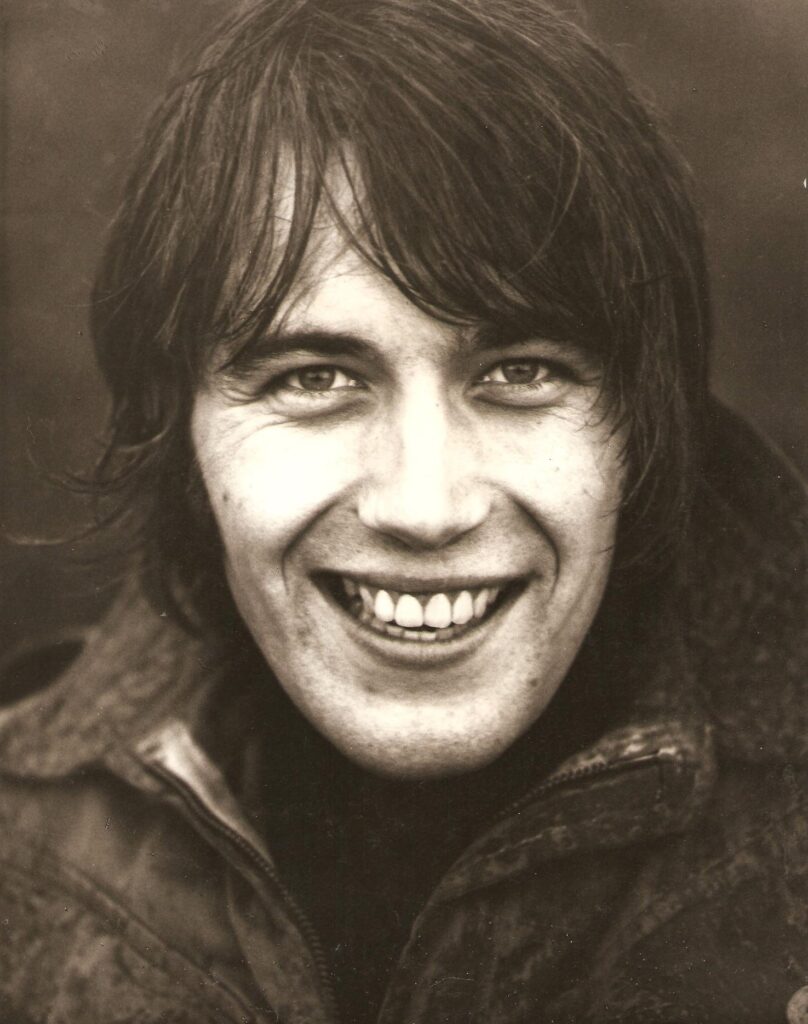
“I was very lucky that the talent record producer, Graham Dee, walked into the record shop whilst I was behind the counter singing the song I had just written.”
It’s really wonderful to have you to discuss your music.
John Bromley: As a singer-songwriter, my 1960s material is often compared (by knowledgeable pundits) with peers Paul McCartney and The Bee Gees. However, I would never assume that accolade. While McCartney and the Brothers Gibb’s songs are ever-present, I enjoy a lesser cult success. Perhaps the material in my recent releases will help to spread the word of the quality of my work.
Would you like to share about your upbringing? Where did you grow up? Tell us about daily life back in your teenage years.
A post-war baby (the “baby boomers” generation), I was born in 1947 and raised in Manchester. Throughout my childhood, I always had a love for music. In 1961, at the age of 14, I bought my first instrument, a plastic ukulele, before graduating to an acoustic guitar one year later.
Even as an eight-year-old kid sitting in the back seat of my mom and dad’s car, as we traveled along, Mom and Dad would both sing in perfect harmony. This taught me an understanding of basic two-note chord structures, and I soon started to join in with the “third” part of the harmony. This is how I instinctively began to learn about music and chord structures.
This early grounding in music and harmony was enhanced by my dad introducing me to his guitar-playing workmate, George Black, who had previously lost the middle finger of his left hand in a work-related accident. Lessons from a four-fingered tutor taught me how to finger full chords (unconventionally) by covering two strings with one finger at the same time. This gave me an advantage over other local guitarists by always having a spare finger to deploy on the guitar neck fretboard to enhance chord structures I played.
This unique ability enabled me to become lead guitarist in my first band, the “JB4,” with fellow teens Pete Dudley, Dave Howard, and Dave’s younger brother, Johnny Howard.
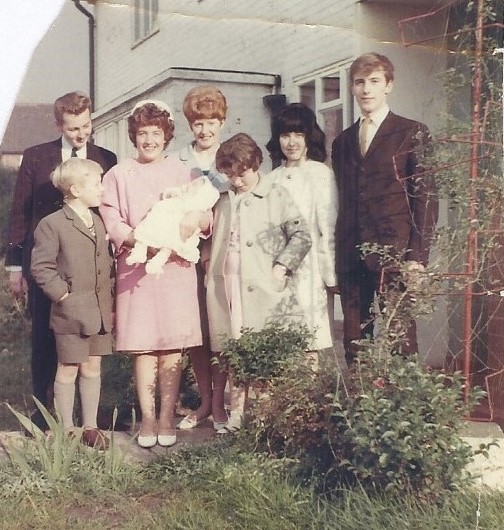
Tell us how the Three People got together. How did you meet the members of the band?
John Bromley: After starting art school at age 16, I dropped out after a year to get my first job as an architectural technician. During this period, I increasingly wrote music and lyrics, a time when the British pop and rock scene exploded with The Beatles at its vanguard. After a few months with The JB4, I bumped into an old art school friend, Doug Ebberel, who asked me to join The KoDells. The group became established on the Manchester beat scene and also traveled to Liverpool to play The Cavern Club. They won a talent contest with the first prize being an audition with George Martin at Abbey Road. However, after being passed over by EMI, the same fate awaited them with fellow producer Mickie Most.
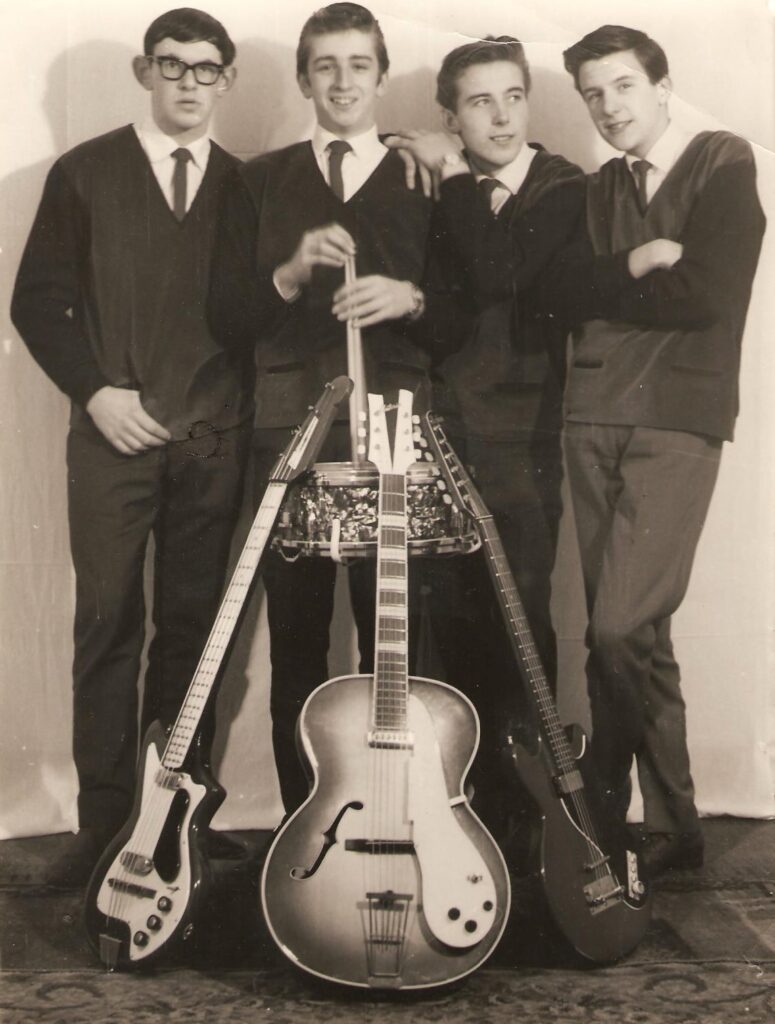
The KoDells were managed through Kennedy Street Enterprises, also home to Freddie and the Dreamers, Wayne Fontana and the Mindbenders, and Herman’s Hermits. Co-owner of Kennedy Street Enterprises, Harvey Lisberg, had wanted the group to wine and dine Mickie Most, but we passed on the opportunity as we thought, with youthful arrogance, that we should be paid to travel to London. Alas, Mickie signed Herman’s Hermits to Columbia and the rest was history.
Like Herman, we regularly played the Manchester working men’s clubs, learning how to work with an audience. We auditioned for one of the biggest clubs one Thursday, but what we didn’t know was that Thursday night was strip club night, and there we were, waiting backstage to do our set, with seven semi-naked female strippers getting ready for their acts. We failed the audition, but it came as no surprise to learn we went back to audition every Thursday for the next six weeks. We never got the job, but we didn’t care…
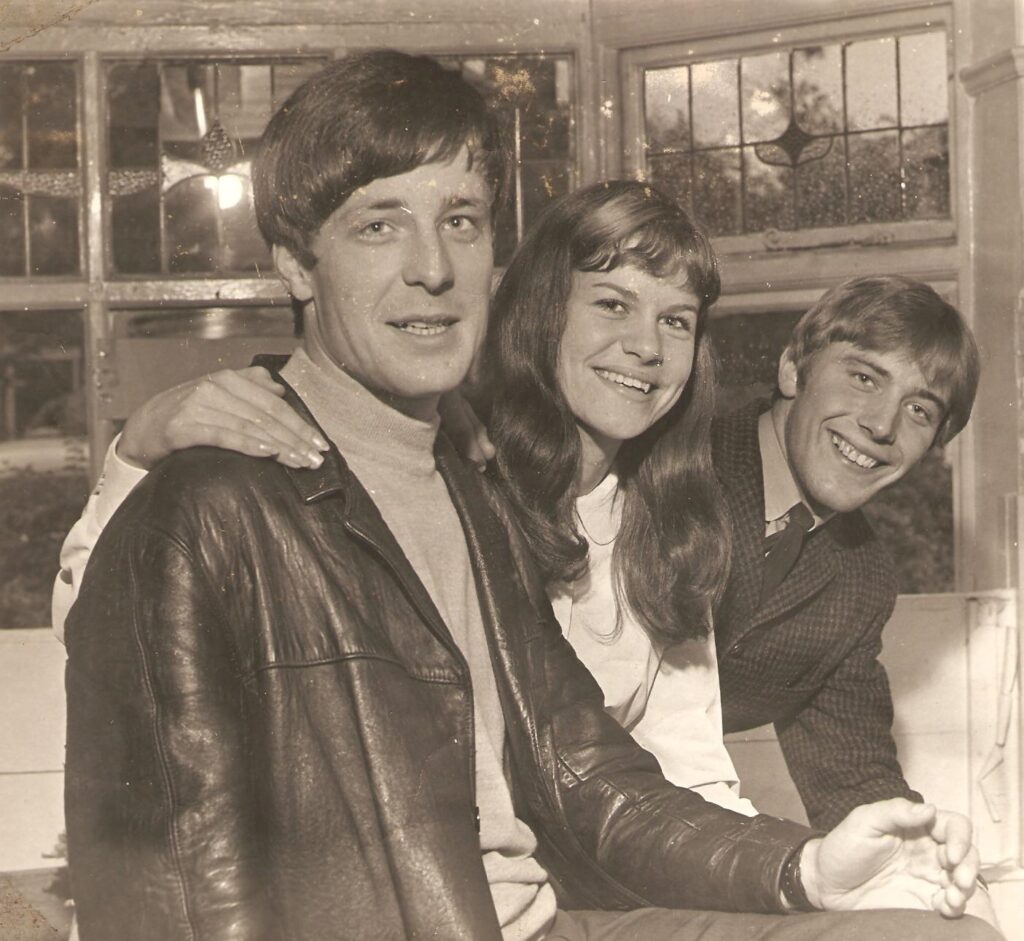
The Ko-Dells broke up shortly after we missed those opportunities, and shortly after meeting David Brendan Cleminson at a party, we formed a folk trio called “The Three People,” with Paula Cooper joining us on lead vocals. With me and David on backing vocals and acoustic guitars, it was with The Three People that we made our first demos.
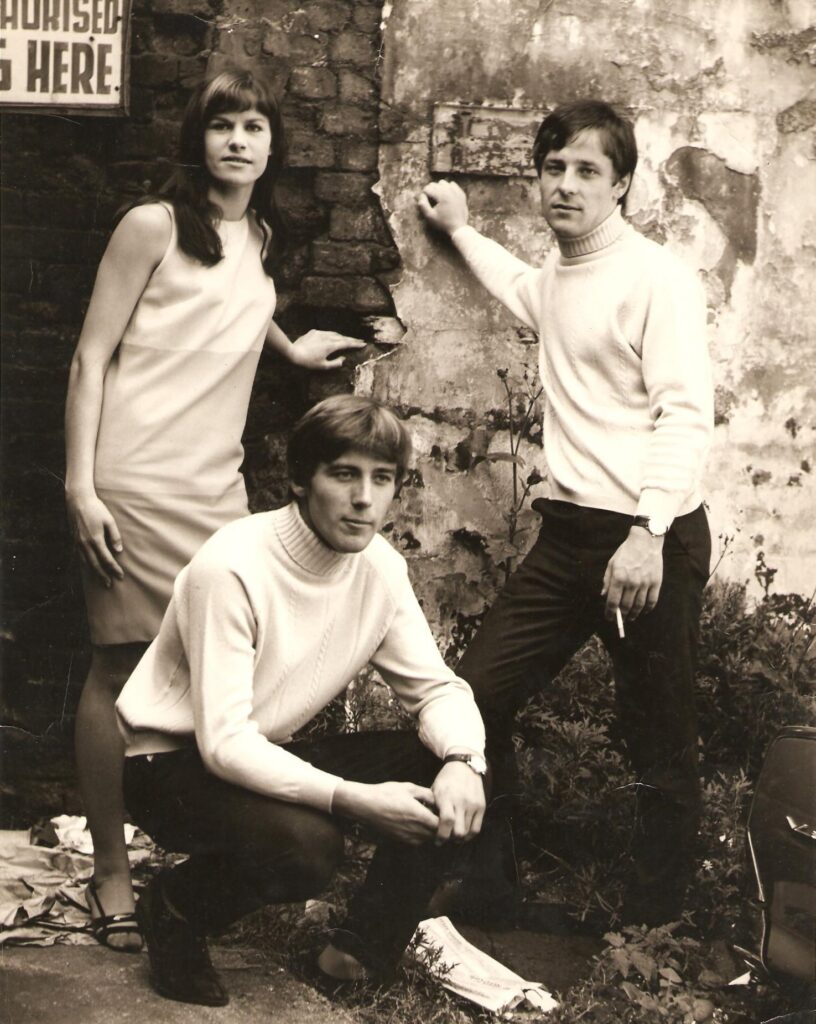
You released several singles.
Recordings were made at Jimmy Leach’s recording studio in the converted church on Dickinson Road, Manchester, that had hosted the early BBC television Top of The Pops programs. It was through Jimmy that the band met Tommy Sanderson, who was a producer at the BBC Light Programme’s Saturday Club and publishing manager at Francis, Day & Hunter.
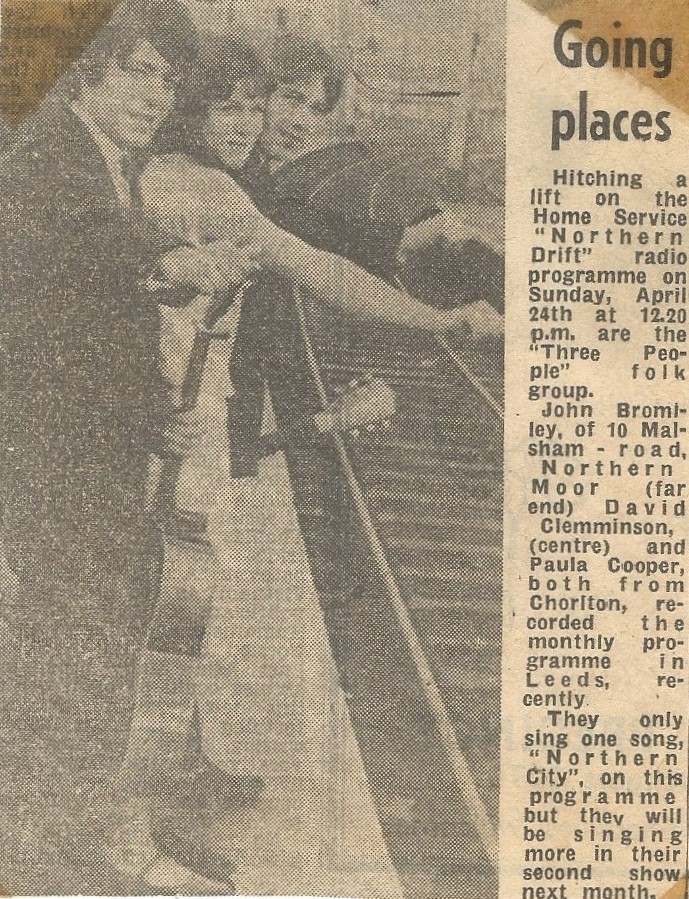
Tommy persuaded Mike Smith at Decca A&R to audition the trio, who then made them an offer to manage them and publish their songs. Now based in London in 1966, Three People’s debut single, ‘Have You Ever Been There,’ established them on the cabaret circuit but did not chart. The single ‘Suspicions (In Your Mind)’ also followed in the same year, as well as ‘Got to Find A Reason’ in 1967. It was through other artists that the group, who equally shared writing credits, would enjoy chart success. Jackie DeShannon’s version of ‘Come on Down’ entered the lower reaches of the Billboard and Cashbox single charts in the United States, while ‘Tomorrow, Manãna’ would become a staple of many acts across Spanish and Latino territories into the early 1970s.
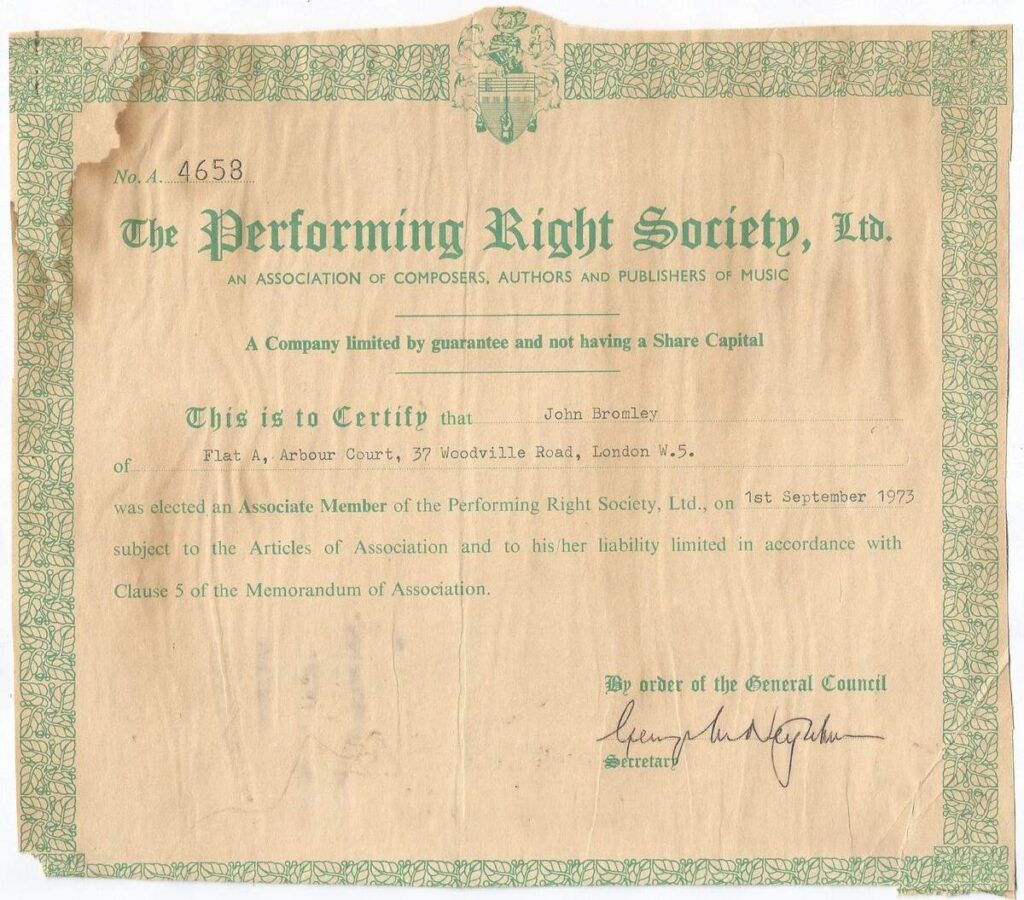
One of the strangest things is that the decent songs I wrote and recorded with The Three People never charted. When our publisher asked me to stop writing nice romantic songs and instead write something commercial and catchy, I picked up my guitar in a fit of pique and rattled off, on the spot, the most banal song I could muster. I made it as trite as ‘Una Paloma Blanca’ or ‘The Birdy Song’ and stormed out, saying, “Is that the sort of rubbish you want?”
That throwaway song was called ‘Tomorrow, Manãna,’ and much to my embarrassment, it subsequently became one of the biggest selling songs I ever wrote. Such is the way of the music business…
Despite this success, The Three People came to an unexpected end after Paula left on stage just before a gig. After continuing as a duo to write songs, David moved back to Manchester after his girlfriend became pregnant. To make ends meet, I got a job as an assistant at Francis, Day & Hunter’s record shop, situated directly below their publishing offices on Charing Cross Road. In November 1967, Graham Dee entered the record shop and heard me singing behind the counter backed by a cheap guitar. Graham was a key figure on the London sixties music scene, a renowned guitarist, songwriter, and producer, known by his contemporaries as Mr. Tin Pan Alley. Surprised and impressed to learn that ‘What A Woman Does’ was an original composition, he asked me to record a demo close by in Denmark Street that very afternoon.
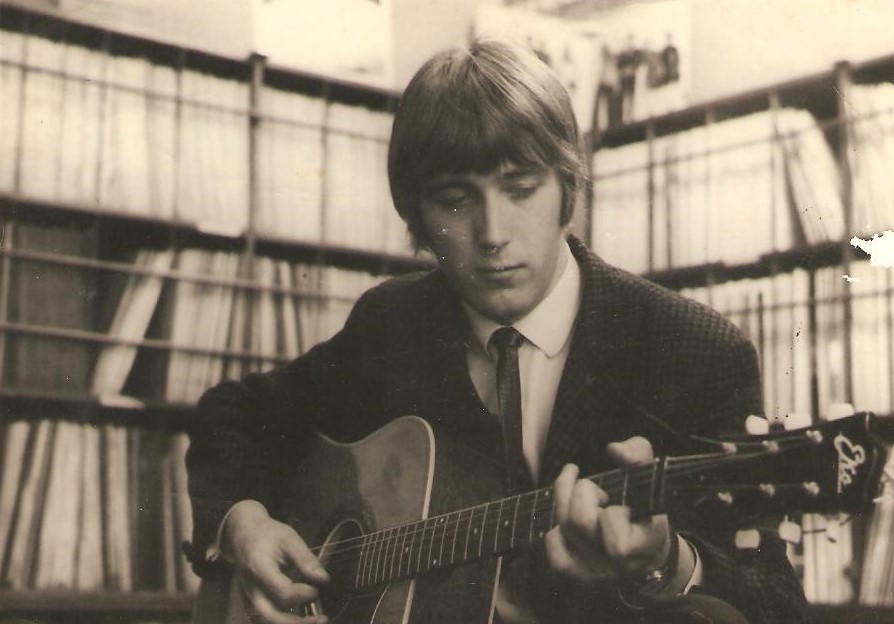
Frank Fenter, Atlantic Records’ European Managing Director, heard the demo and offered me a recording contract for three singles and an album. My first full recordings as a solo artist were with Graham Dee producing, resulting in ‘What A Woman Does,’ my first solo Polydor single. Early 1968 saw three months of sessions for my “Sing” LP, supported by labelmates Fleur De Lys, consisting of Gordon Haskell on bass, Bryn Haworth on guitar, and Keith Guster on drums.
Keith remembers, “During the Fleur De Lys period of working in Polydor every day as the studio band backing many different songwriters putting songs down on tape to try to get Polydor to sign them up. We met John Bromley and became great friends with him as he is a very talented, lovely guy.”
And that leads us to your solo album from 1969.
When I was asked to do the ‘Sing’ album, I specifically wanted Fleur de Lys to be on it with me. Gerry Shury, who worked at Francis, Day & Hunter writing musical scores, was also given the opportunity to arrange and conduct the orchestration. The quality of those arrangements demonstrated Gerry’s ability, with Gerry enjoying commercial success with Barry Blue, Lynsey de Paul, and The Bee Gees before an untimely death in a car crash in 1978.
I was very lucky that the talented record producer, Graham Dee, walked into the record shop while I was behind the counter singing the song I had just written. His faith in me led to a recording contract with Polydor Record Company and working with the incredible Fleur De Lys. The icing on the cake was having my songs musically embellished by the insanely talented Gerry Shury, as I had for a long time envied the musical arranger Peter Knight, who embellished the songs of the Bee Gees, particularly because I was tremendously influenced by their recordings.
Despite my protestations, the childlike artwork for the front of my ‘Sing’ album (a guitar-playing figure designed by Frank Fenter’s future wife, Kiki) became the album cover. I never liked it. I thought it made the album look like songs for kids when I saw myself as a mature singer-songwriter, but the management pushed me toward a more popular, accessible image.
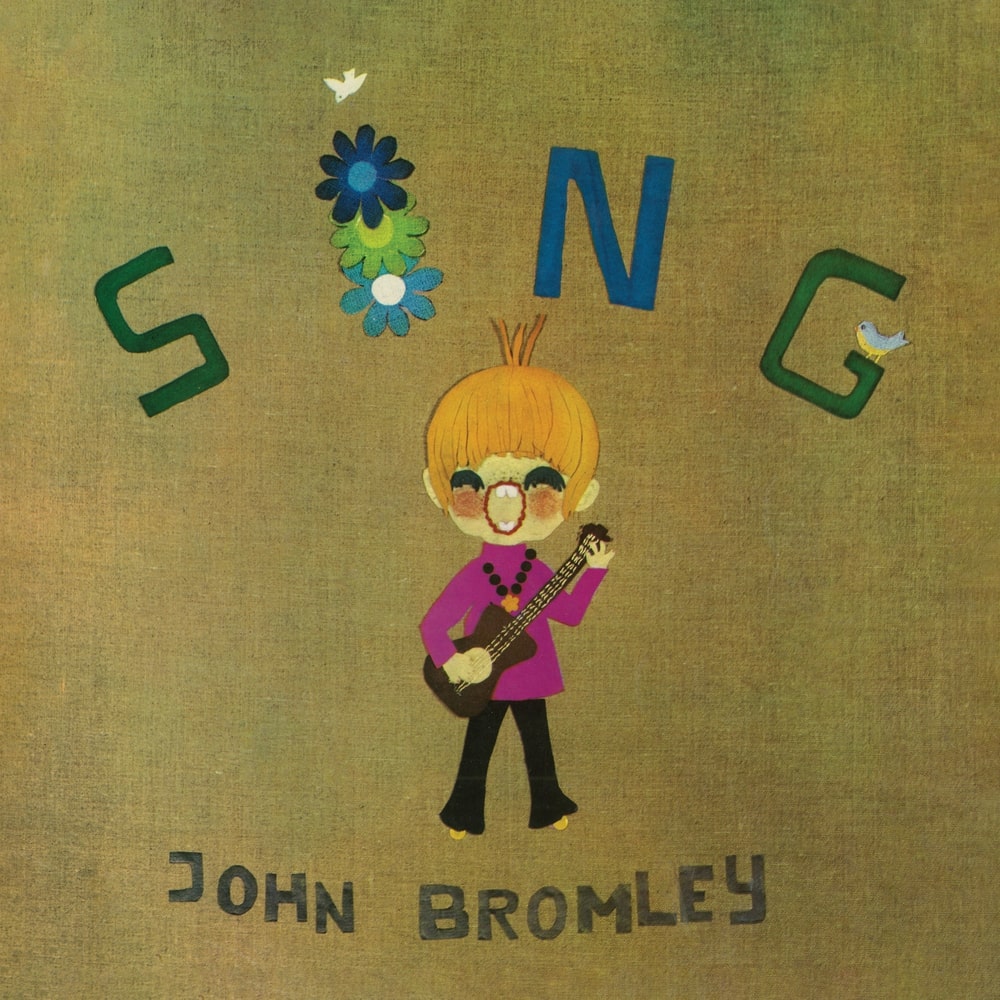
To compound this, I wanted the title for the LP to be “Songs,” but I was overruled, with “Sing” adorning the sleeve instead. Polydor did promote the LP nevertheless, with BBC Radio 1 DJ Kenny Everett picking it up and playing the entire album on his 10:00 – 12:00 noon Saturday show shortly after it was released. Partway through that broadcast, I got a phone call from the producer of the Kenny Everett show, and I was asked to join Kenny in the studio. Of course, I quickly got a taxi for the trip across London from Ealing Broadway to Regent Street BBC studios to be interviewed by Kenny. His support boosted sales, to say the least.
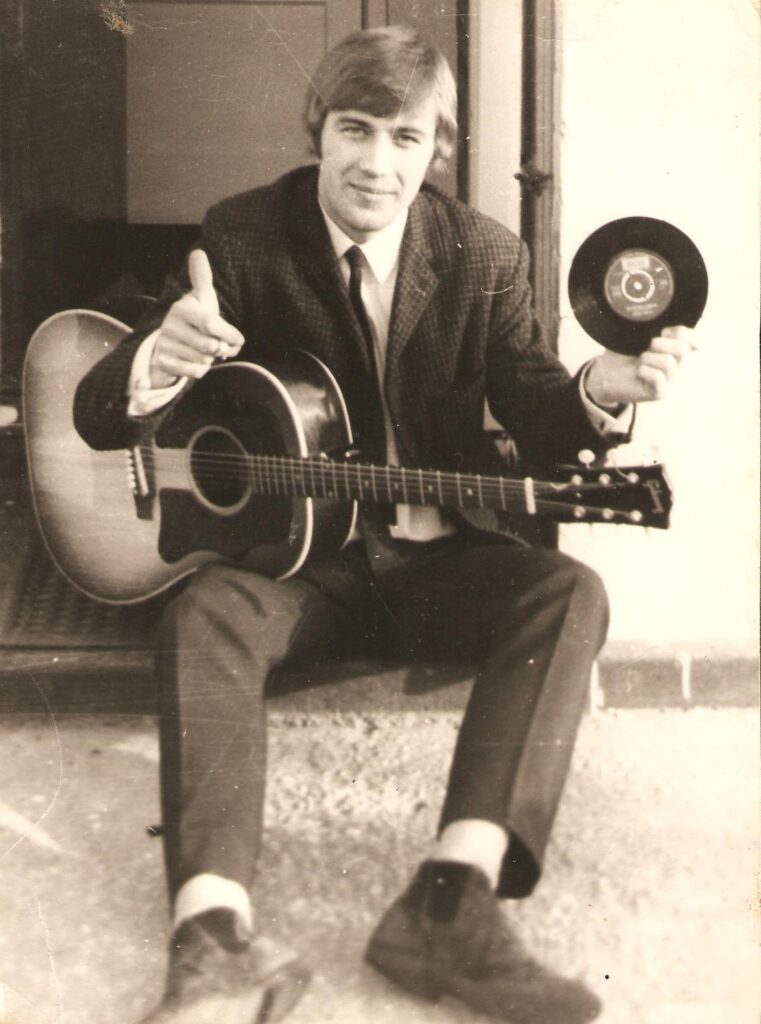
In April 1969, I gained a slot at the prestigious Golden Rose TV Festival in Montreux, Switzerland, alongside leading bands (Colosseum, ELP, Yes, and Taste).
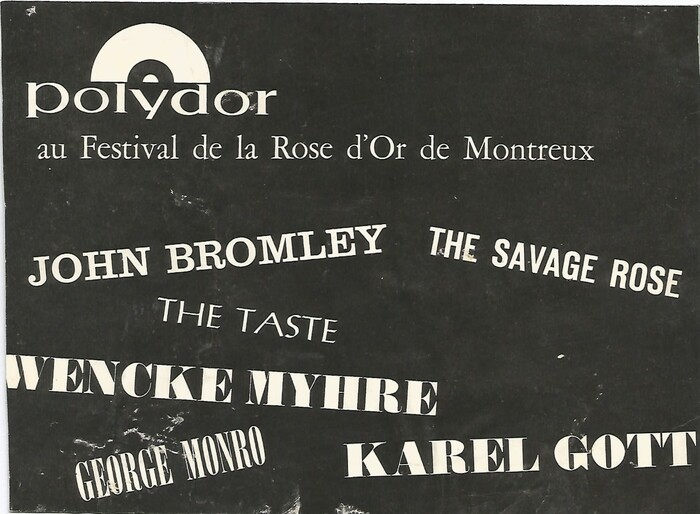
After initially receiving high billing, a challenge for any studio act compared to live veterans on the lineup, I insisted on playing an early slot, not the high billing I had been given. I was backed by Fleur De Lys and Graham Dee, and despite the BBC exposure and several continental TV appearances, none of my singles reached the charts. My final Polydor single, ‘Kick A Tin Can,’ did have a little success at home and abroad, but by summer 1969, my Polydor days were over…
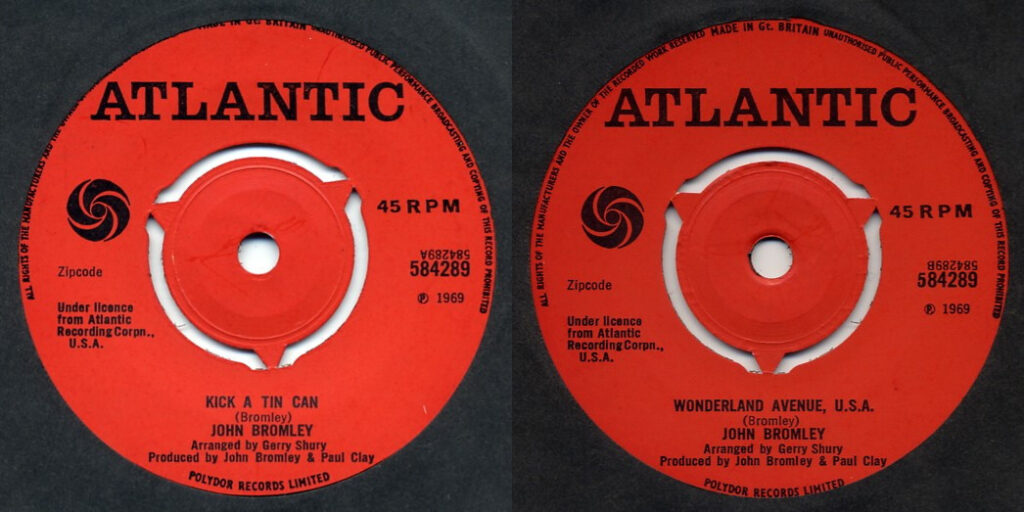
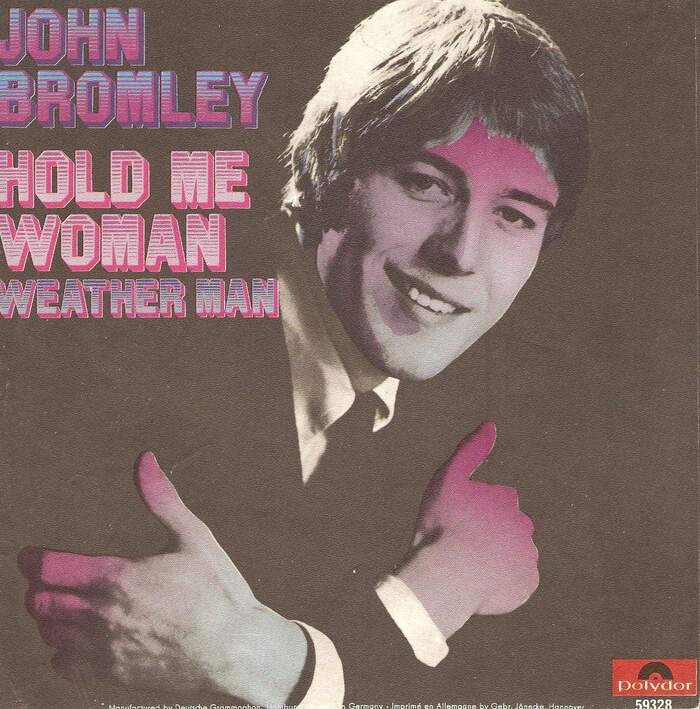

My reputation as a songwriter was more successful than my career as a solo artist, and I gained a publishing contract with Warner Brothers, managed by Tony Roberts, Warner Brothers’ publishing manager. Through Tony, Australian singer John Farnham released a song I wrote, ‘Comic Conversation,’ and in October 1970 it went to number 10 on the Australian Top 60 singles chart. Due to its huge success, charting for six months, John Farnham asked me to join his Little River Band in Australia, but I declined due to family commitments.
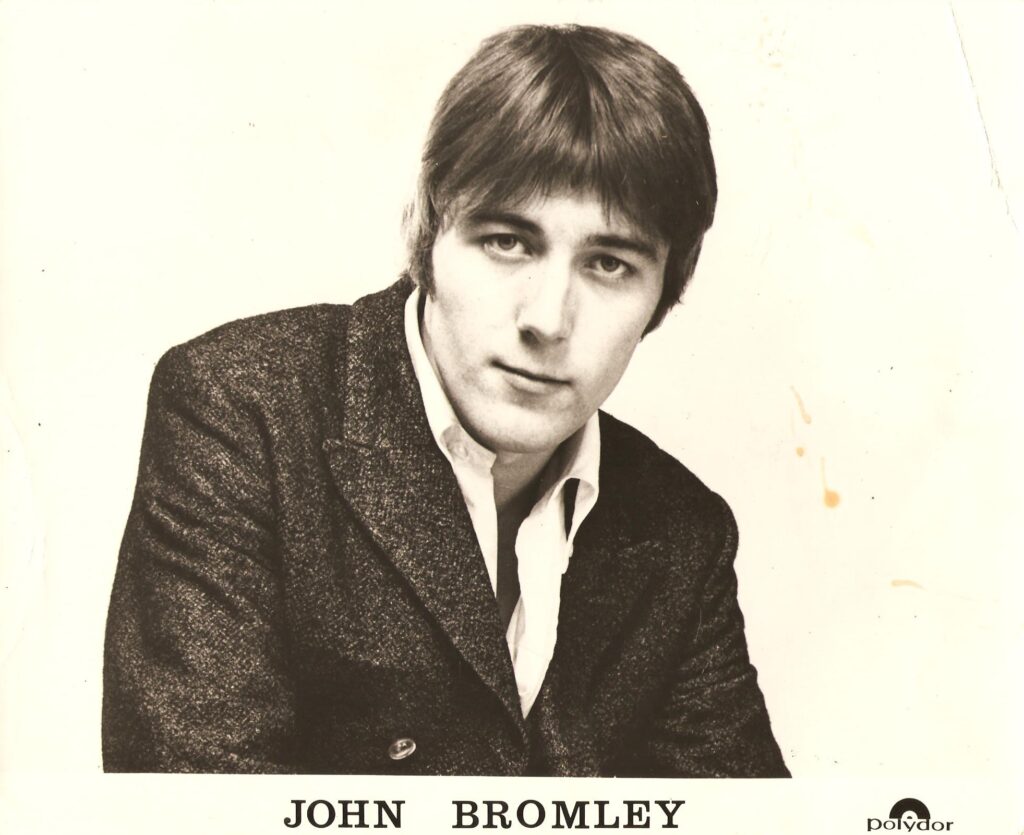
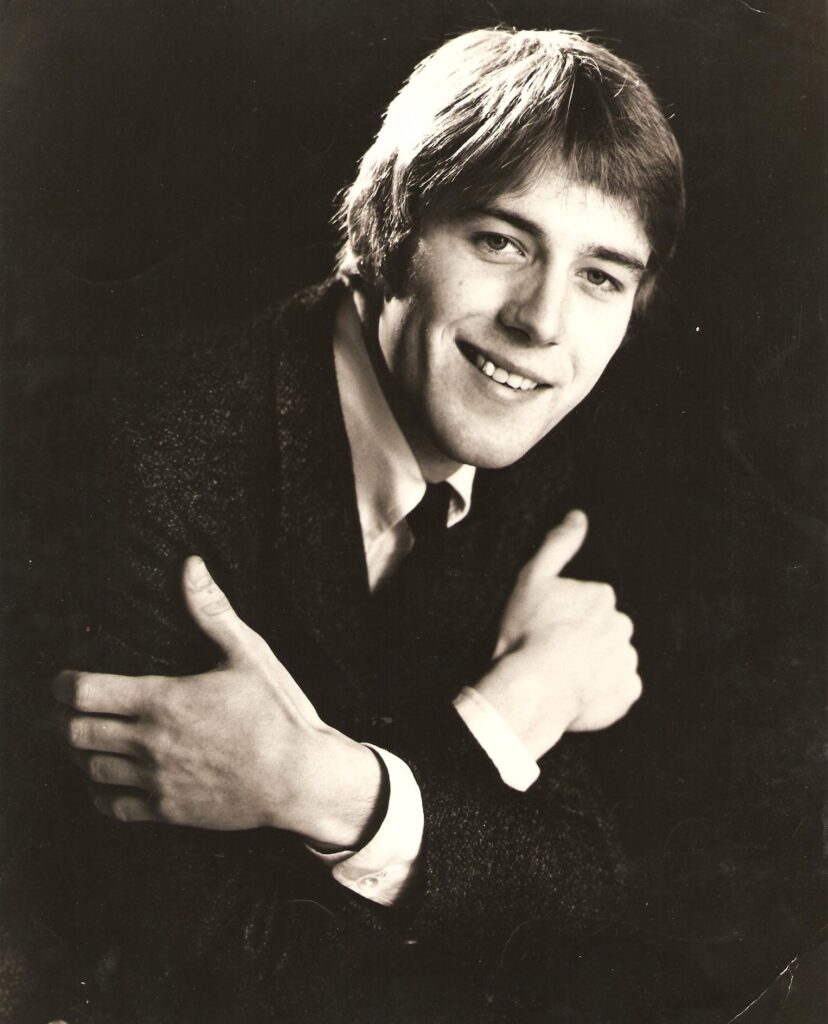
“Without a doubt, being introduced to Johnny Harris was the biggest break I ever had.”
What followed and what currently occupies your life?
Tony Roberts introduced me to the very talented music arranger Johnny Harris, who was conductor and arranger for Petula Clark, Shirley Bassey, and Tom Jones on their albums and their TV shows. Johnny wanted a lyricist, and I was happy to collaborate with him, leading to our material being recorded by the likes of Petula Clark, Richard Harris, and Shirley Bassey.
Without a doubt, being introduced to Johnny Harris was the biggest break I ever had. Not just because of our musical collaboration successes, but because his musical integrity was something that I respected, appreciated, and shared. He made music for the love of music and did not commercially sacrifice his integrity or musical taste for commercial gain.
He was a rare breed in the music industry.
Alongside songwriting with Johnny, I took on a part-time role as a tape operator at Advision Studios in Gosfield Street, London. After finishing a late-night recording session with John Anderson’s prog-rock band “YES” in 1973, recording engineer Martin Rushent and I recorded a glam rock song called “Down at The Club” for fun with the free studio time. We spent the entire night playing and overdubbing and multi-tracking keyboards, drums, bass, guitars, and vocals, with Martin singing the main vocal. His voice was pretty deep, and because we wanted the vocal to sound like a younger singer, we slowed down the backing track and recorded his vocal at three-quarter speed. When we did the final mixdown at full speed, his voice sounded like the singer we wanted on the record, and after the final mixdown, what had initially been a bit of fun sounded pretty commercial!
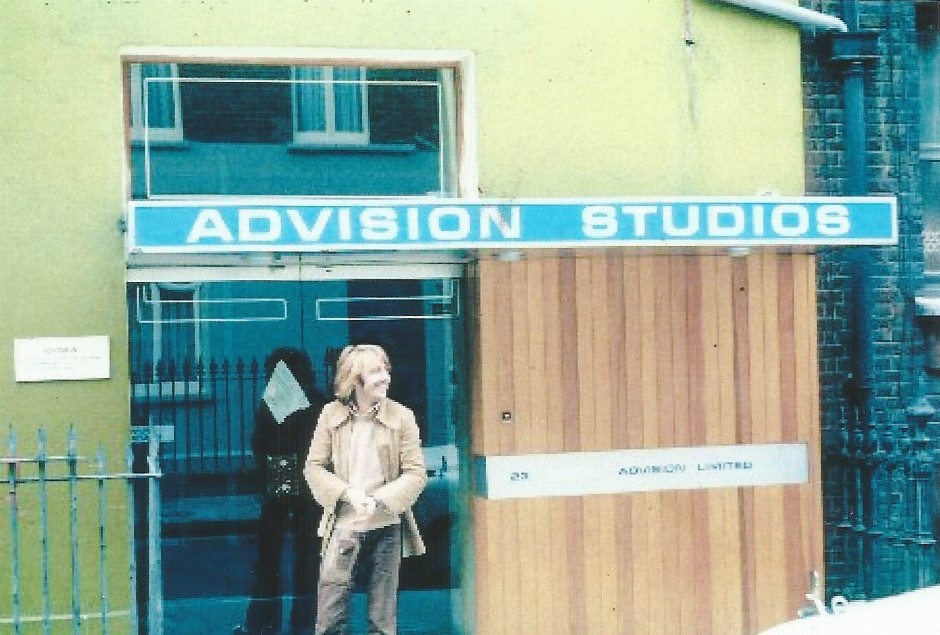
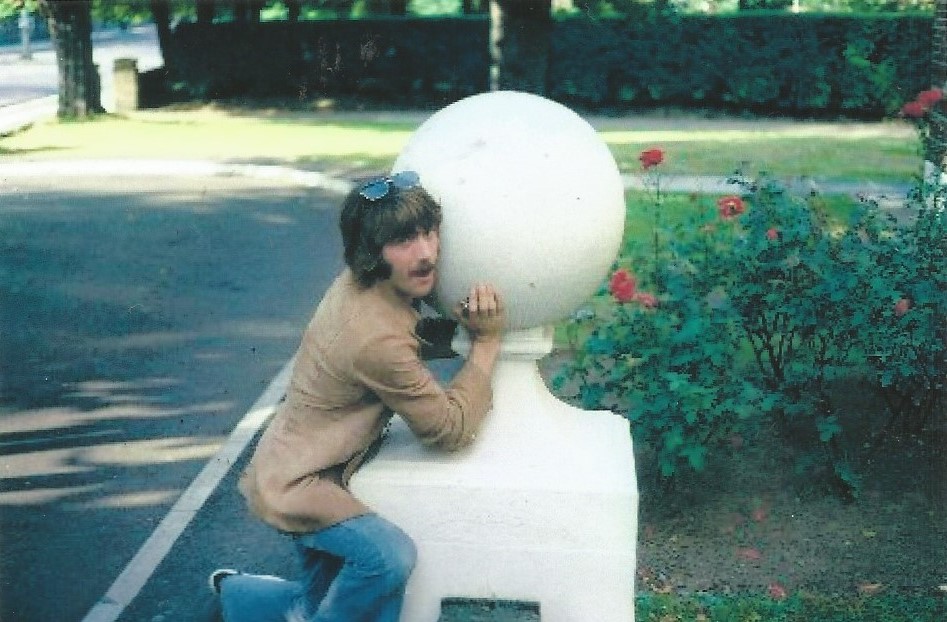
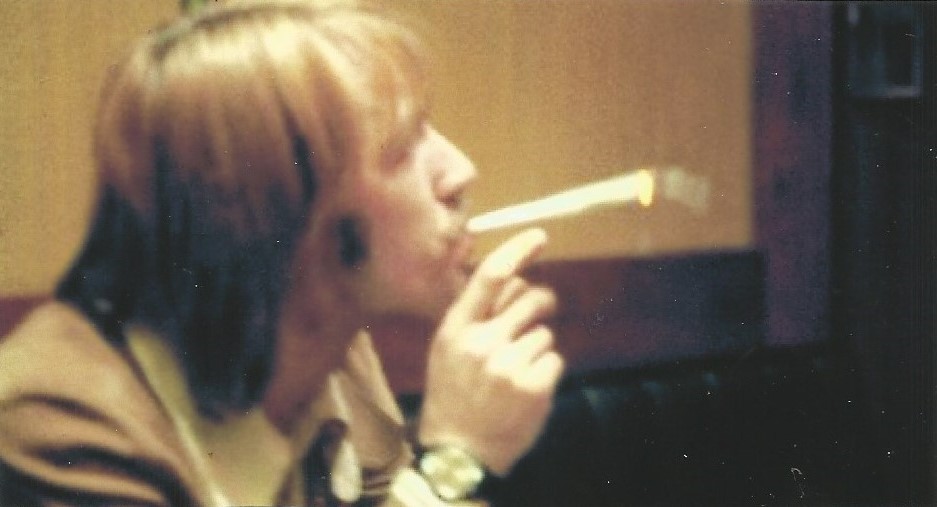
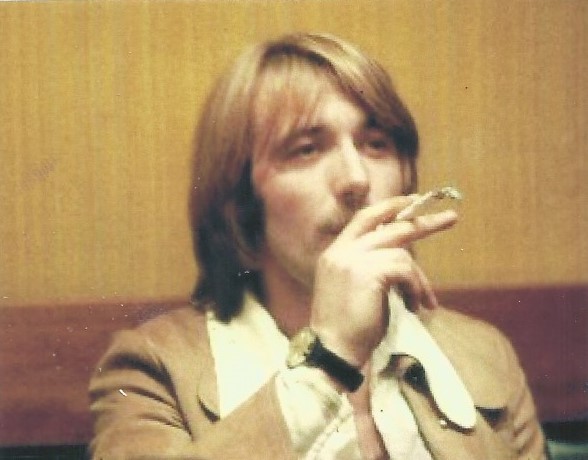
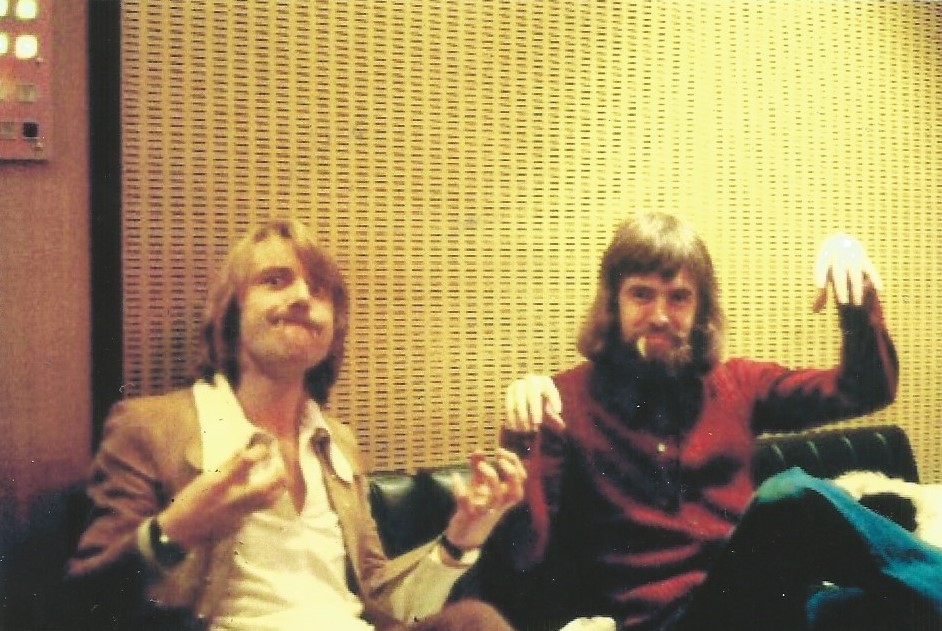
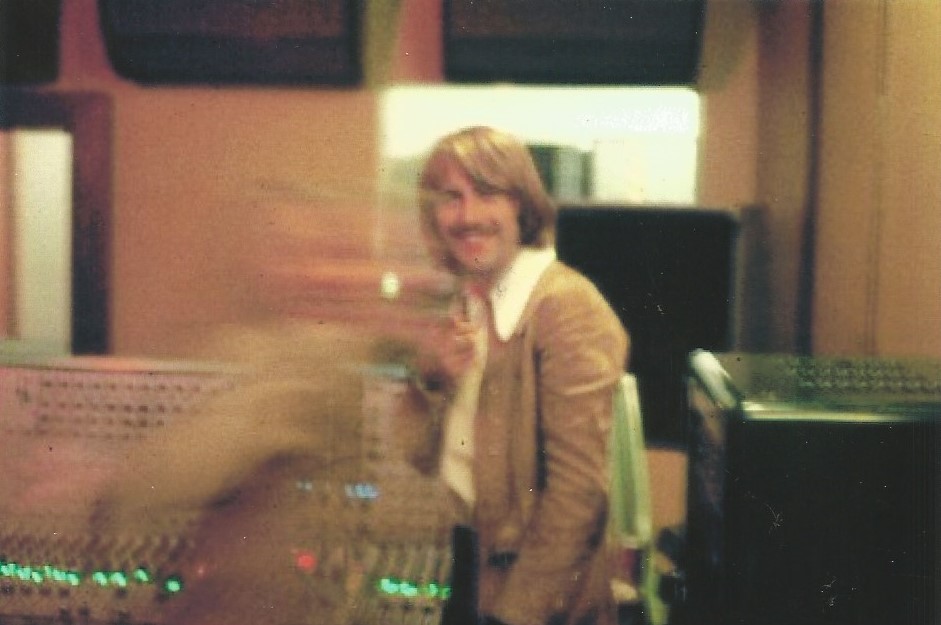
I took the recording to Warner Brothers A&R man Martin Wyatt the next day, and he loved it. He asked who the band was, and I just made a name up on the spot. The non-existent band became a ghost band called CHAOS. We got a £1,000 advance from Warner Brothers A&R, and the track was released as a single by Polydor.
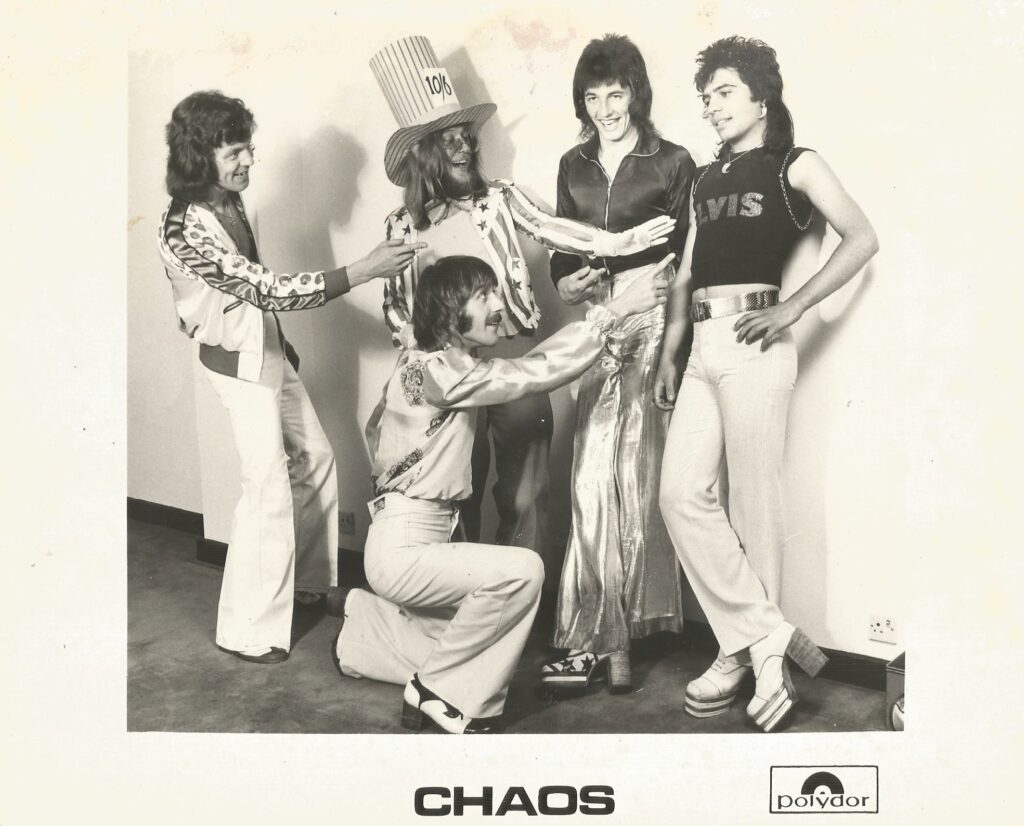
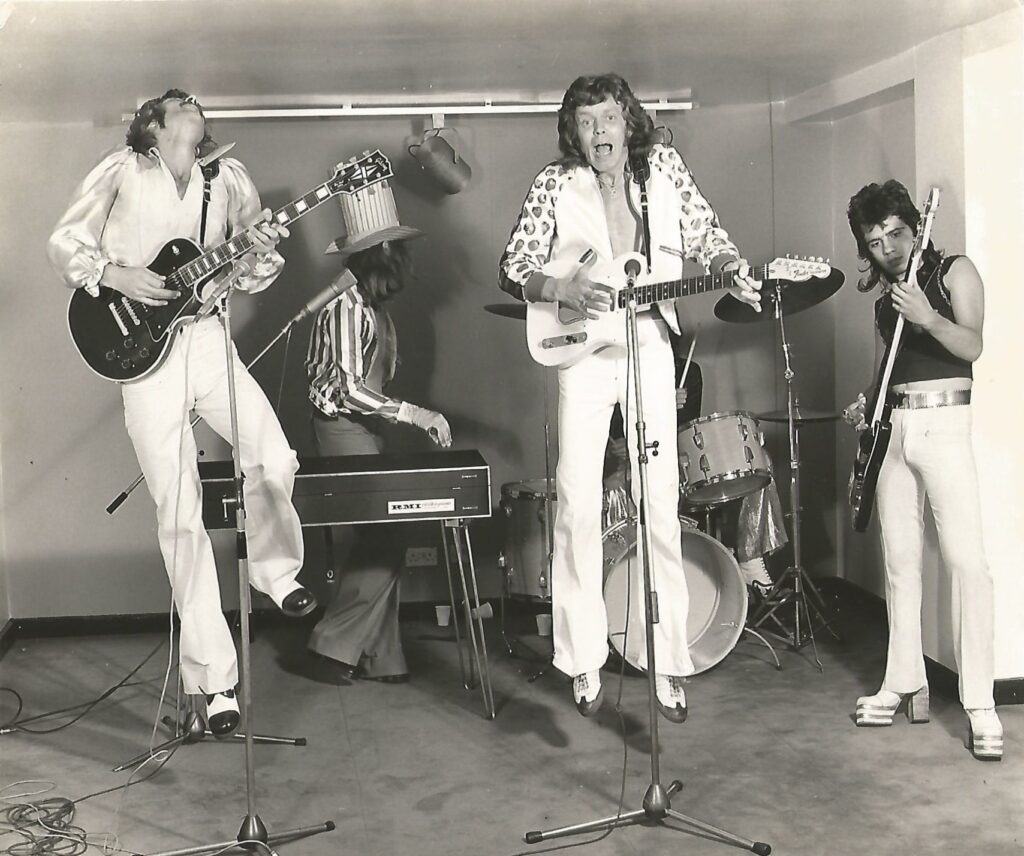
The single got a lot of play from Radio 1 and Radio Luxembourg, and quite unexpectedly and unbelievably, I took a call from the producer of Top of the Pops asking if CHAOS was available to appear on TOTP in next week’s show. It was a brilliant opportunity but not without a few problems, the first being there wasn’t actually a band…
We cobbled together a bunch of musician friends and co-opted Tony Head as the frontman, deciding to use the master tape to mime to when the show was recorded. (We got away with it.) After the show was broadcast, the single scraped into the UK Top 50 but didn’t get any higher.
By the mid-1970s, I left my role at Advision, and although I continued writing and playing, it was no longer my day job. I’ve held many jobs since then, including policeman, fireman, estate agent, and record plugger, but my passion for music to this day is undimmed.
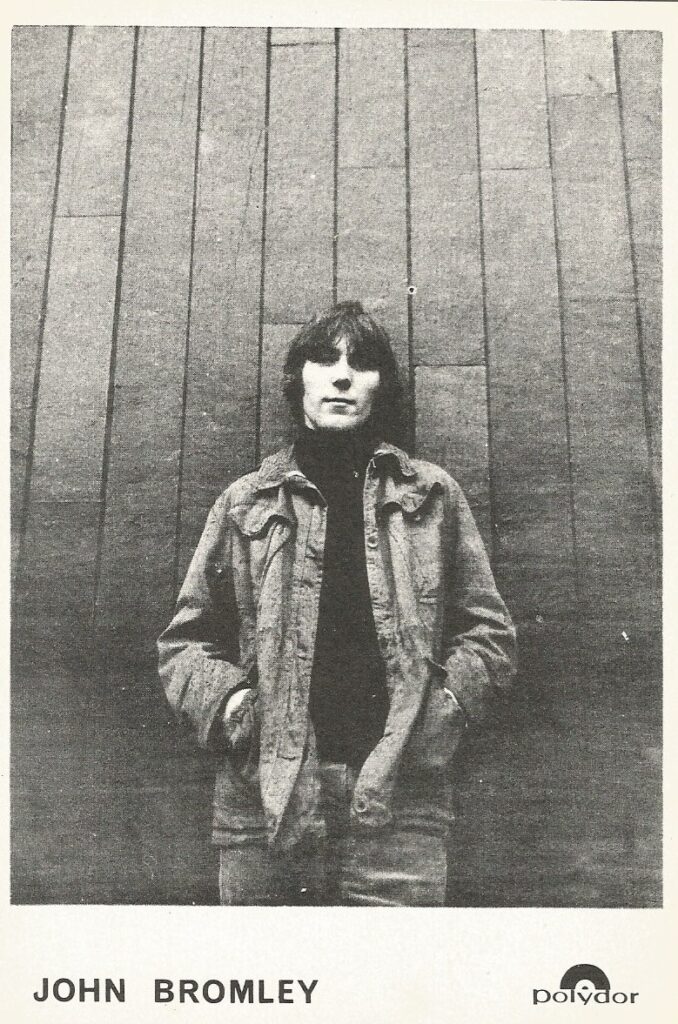
In my era, there were two elemental words that made up “The Music Business.” The first element is the creativity of “The MUSIC MAKERS,” and the second is “THE BUSINESSMEN,” with its inevitable exploiters and promoters of that creative talent. Undoubtedly, both elements needed each other to exist.
It is a strained relationship, with artists (sensitive dreamers trustingly bearing their souls) working alongside businessmen who cynically care nothing about sentiment, only about how much money it can make for them.
Despite many of my songs becoming chart successes, the “Business” side of the music business managed to divert or lose much of the songwriting royalties that were generated, and I saw very little tangible financial return for my music.
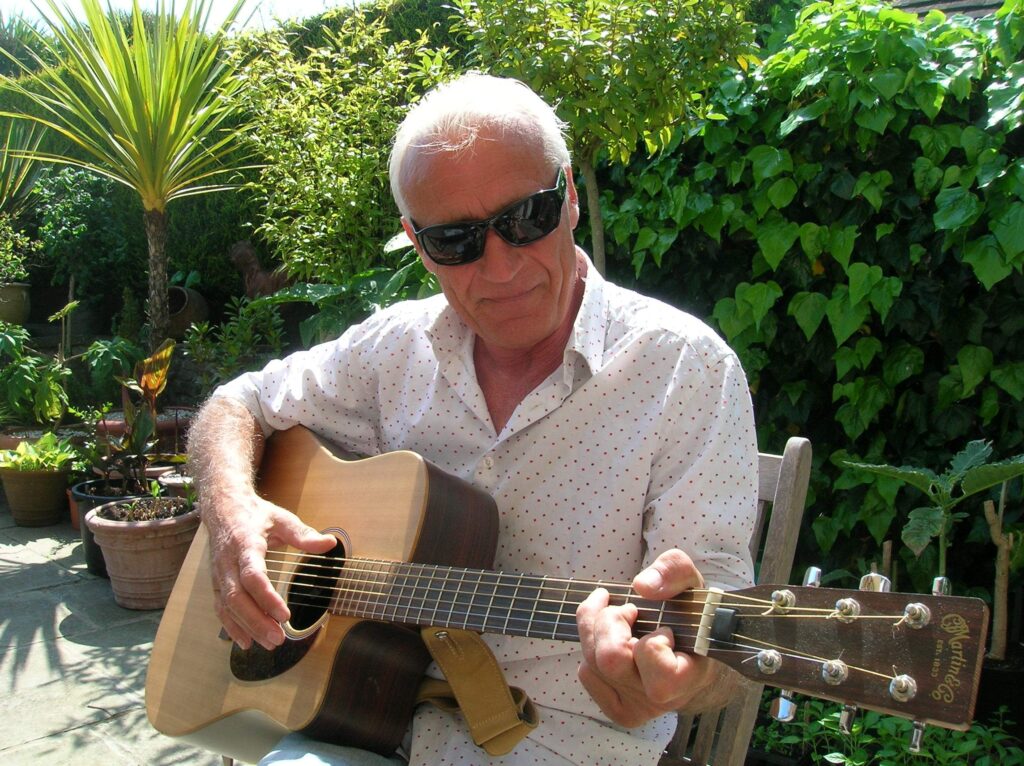
That said, I will never deny the excitement and joy of working with many of the talented musicians and singers that I have been privileged to work with. I will always be grateful to have been paid to see and do things that most people would pay a lot to see and do.
Above all, I am proud to leave a little of my insignificant music behind for my children, my friends, and for all the people who might get pleasure from my brief but humble time in the music business over the last 50 years.
And “Yes,” I still write songs… just for the fun of it…
Klemen Breznikar
Headline photo: John Bromley
Think Like A Key Music Official Website / Facebook / Twitter / Instagram / Bandcamp / YouTube

